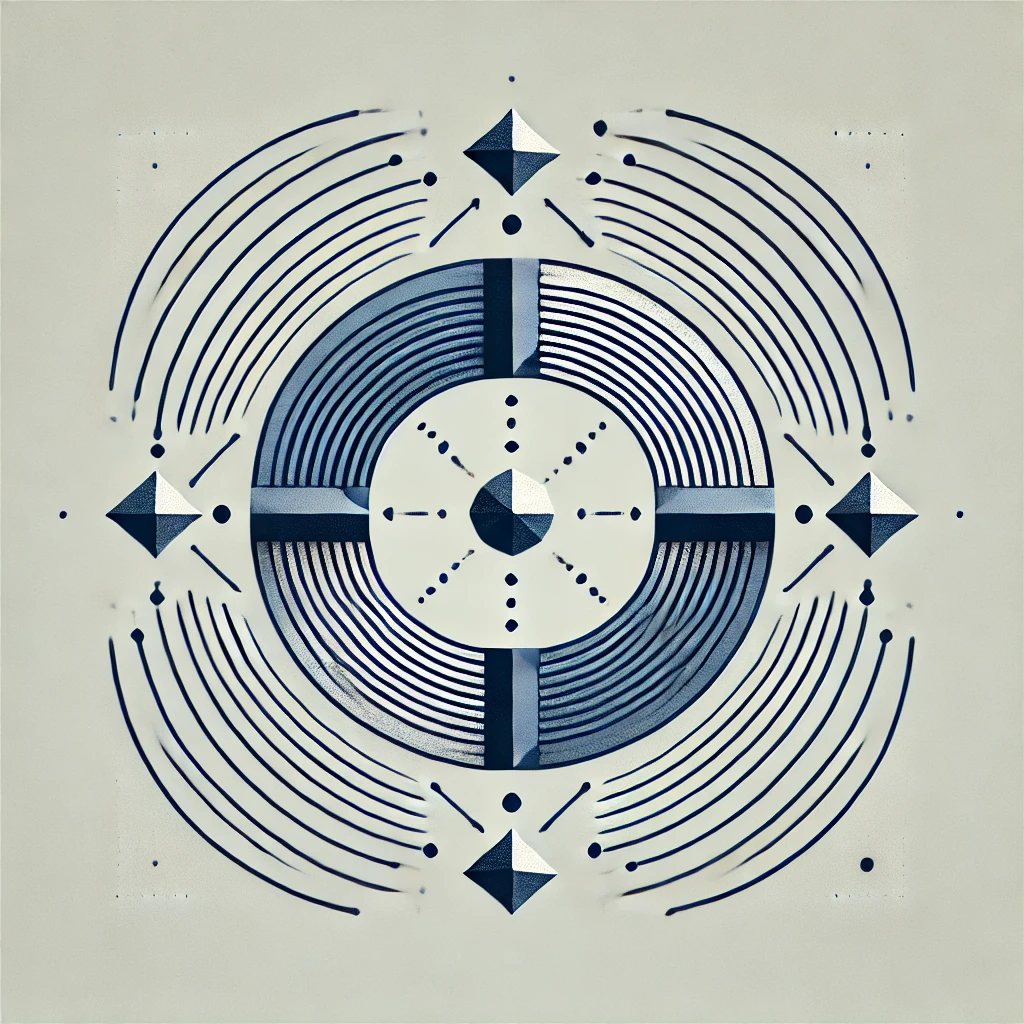Explanation of Symbols
The ABBA equation, represented as [A+B−]/[b−a+], serves as a powerful model for analyzing dynamic interactions and balance across diverse scientific fields. In physics and astrophysics, it captures the equilibrium between opposing forces, such as magnetic fields or the gravitational pull and cosmic expansion in celestial bodies. In Cellular Automata (CA), the equation describes feedback loops between cells, illustrating how local interactions evolve into complex, self-organized patterns. Whether applied to magnetic warps, cosmic systems, or cellular models, the ABBA equation highlights how interconnected actions, reactions, and feedback shape equilibrium in both natural and simulated systems, offering valuable insights into the underlying patterns of complexity in nature.




The ABBA equation models magnetic interactions between opposing fields, where symbols like ‘A+’ and ‘B-’ represent opposite forces, and its fraction format implies a balance between them. This concept helps explain magnetic phenomena, such as reconnection, where field lines merge and release energy. Its abstract structure allows it to explore cycles and dualities in nature, like attraction and repulsion, making it a versatile tool for understanding complex interactions.
The ABBA equation, written as [A+B−]/[b−a+], provides a framework to understand interactions between opposing forces, especially in fields like astrophysics. Its structure, balancing attraction and repulsion, helps model the dynamics of celestial bodies affected by gravity and cosmic expansion. By applying it to hypothetical data, we can explore equilibrium states in the cosmos, gaining new insights into inertia, motion, and cosmic distances, all contributing to the natural balance that sustains celestial systems.
The ABBA equation, written as [A+B−]/[b−a+], models dynamic interactions in systems, where “A+” is an action, “B-” is a reaction, and “b-” and “a+” are feedback responses. In Cellular Automata (CA), this captures how each cell (A+) interacts with its neighbors (B-), evolving over time in a feedback loop that shapes complex patterns. This approach explains how local cell interactions can lead to self-organization or chaos, revealing insights into natural phenomena like seed dispersion, water droplets, and electrical patterns.
This symbol represents the ABBA equation [A+B−]/[b−a+]in material development, using a hexagonal design to convey stability, symmetry, and alternating charges. The red and blue colors represent positive and negative charges, showing the controlled, repeating arrangement of oppositely charged units. Interlocking lines and circles suggest molecular interactions, where each layer follows the ABBA sequence to create a stable, cohesive material. This structure embodies the equation’s potential to form durable, flexible materials through precise molecular organization.